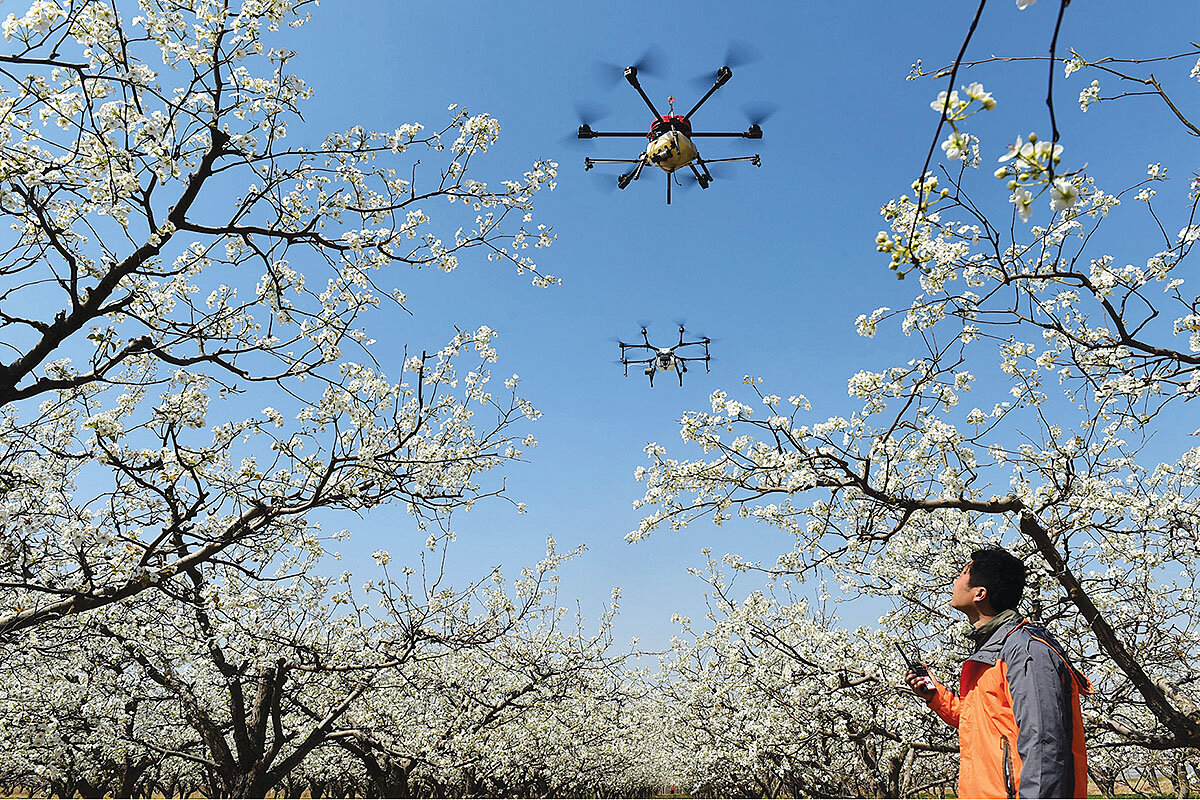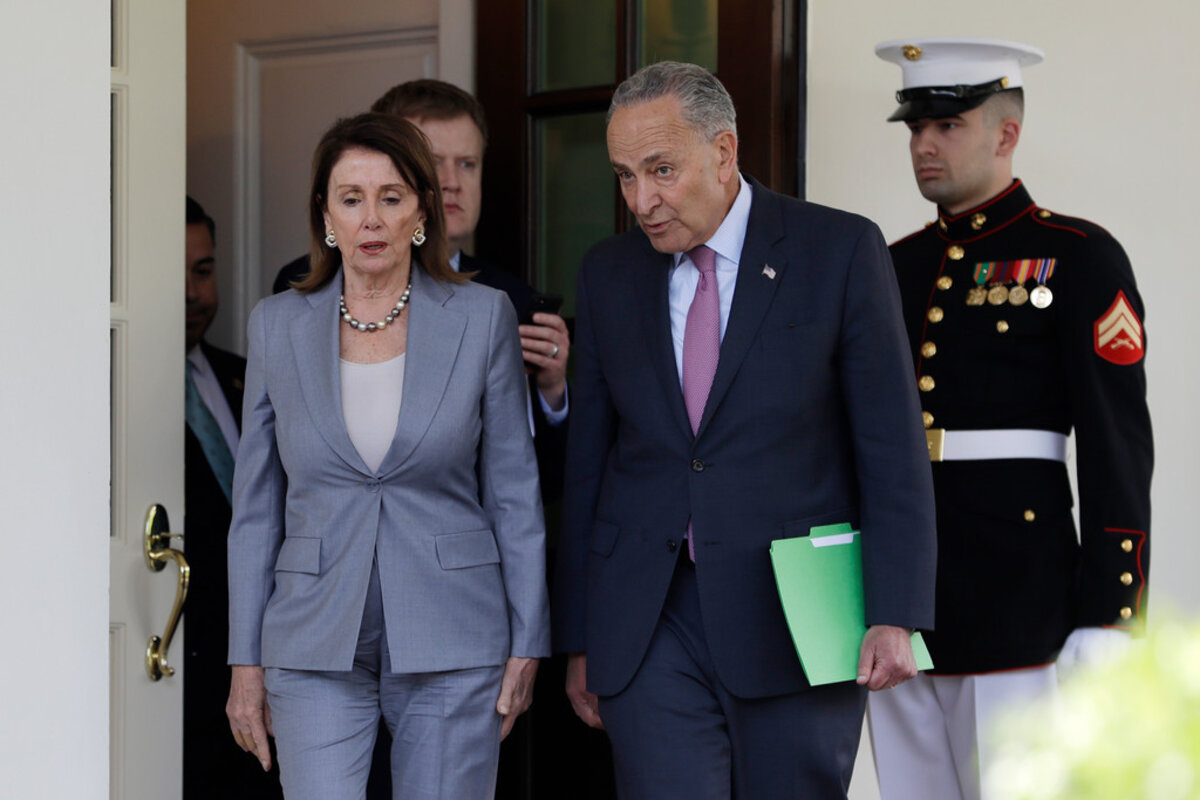Attorney General Barr’s refusal to testify before Congress may seem like a brazen dismissal of legislative powers. But the standoff exposes a tension between the legislative and executive branches that has been going on for some time.
Monitor Daily Podcast
- Follow us:
- Apple Podcasts
- Spotify
- RSS Feed
- Download
 Noelle Swan
Noelle Swan
Last night, in homes and synagogues around the world, single candles flickered in remembrance of a time that might seem easier to forget.
Yom Hashoah, or Holocaust Remembrance Day, observed on the anniversary of the 1943 Warsaw Ghetto Uprising, honors those who rose up in the face of evil and remembers those who died.
Seventy-six years later, the living memory of the Holocaust and that valiant attempt to liberate the Polish ghetto from the Nazis’ grip is fading from view. Recent polls show that 45% of Americans cannot name a single concentration camp; nearly a quarter of millennials can’t recall if they’ve ever heard of the Holocaust. The phenomenon is not exclusive to the United States.
Historians and educators are scrambling to find ways to ensure that our collective memory endures, and efforts are underway to mandate Holocaust education in U.S. public schools.
At Boston Latin School, the nation’s oldest public school, Judi Freeman has been teaching the Holocaust to 11th and 12th graders for 20 years. Her course on genocide in the 20th and 21st centuries includes a screening of “Schindler’s List,” a visit to the United States Holocaust Memorial Museum in Washington, D.C., and a trip to Auschwitz in Poland.
Her students, she says, make connections to injustices in our world today. But each year it gets a little harder as students become increasingly accustomed to violence in the world.
“But then there are eureka moments when the desensitization lifts and they suddenly have understanding.” That, she says, makes it all worth it. “People have to learn what happened. They have to learn the importance of it not happening again.”
Now to our five stories for today, exploring the implications for free speech in a new internet security law in Russia, a bipartisan breakthrough in disaster relief funding, and the lengths parents will go to to protect their children.










